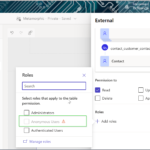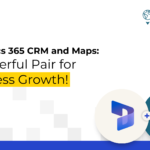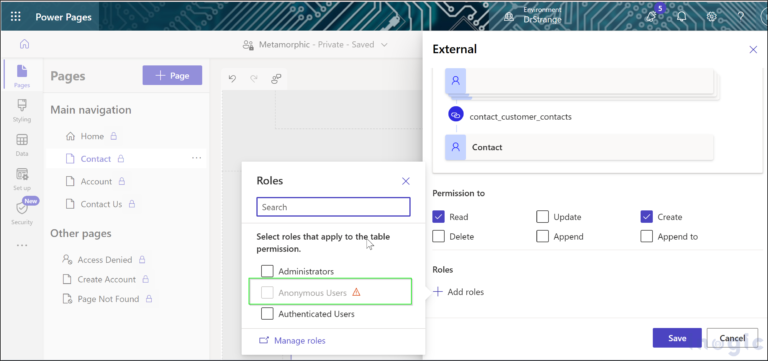Microsoft Excel is a powerful tool known for its ability to handle complex data and perform various calculations using formulas. As an ETL (Extract, Transform, Load) developer working with Dynamics 365 data, you may encounter scenarios where you need to create Excel files with specific formulas applied to certain columns.
Let’s explore how you can achieve this using KingswaySoft ETL components, specifically the Premium Excel Destination Component. We’ll focus on dynamically writing formulas to Excel spreadsheet cells, making your data more interactive and insightful.
A Powerful Connection between Microsoft Excel and Dynamics 365
Microsoft Excel’s ability to use formulas for dynamic data representation is a powerful feature. In scenarios like populating hyperlink columns in Excel, which involve both text value and a URL, ETL software with specific capabilities is required. KingswaySoft’s ETL components offer a solution to this, allowing for the dynamic writing of Excel files with specific formulas.
Required Components to Connect Dynamics 365 to Microsoft Excel
The process involves using the following KingswaySoft components:
Optionally, you can download a sample package to see this tutorial in action.
Data Flow Configuration: Excel to Dynamics 365
Let’s begin by visualizing the desired outcome. In our example, we aim to create an Excel file with a column that contains hyperlinks. Each hyperlink should display a label, such as “Click Here,” and link to a specified URL.
Now that we’re clear on what we want to accomplish, let’s take the process step-by-step.
Setting Up Your Data Source: Begin by configuring your data source. If you’re using real data from a database, the appropriate component from the SSIS Integration Toolkit for Microsoft Dynamics 365 comes into play. For demonstration purposes, you can use the Data Spawner Component to generate random sample data.
Defining Your Data with the Premium Derived Column Component: Here is where you define what your Excel file will look like. In our example, since we’re creating a hyperlink column in Excel, we will use the Premium Derived Column component to define this. The key function here is Excel’s HYPERLINK function, formatted as HYPERLINK(link_location, [friendly_name]). This function allows you to display user-friendly text instead of the raw URL.
Static Example: =HYPERLINK(“https://www.kingswaysoft.com/”, “Click Here”)
Dynamic Application: If you have multiple links, you can set the link_location as an expression, incorporating values from other upstream components or SSIS variables, making it adaptable to your needs.
Mapping Columns in the Excel Destination Component: After defining your data in the Derived Column component, you map these columns in the Premium Excel Destination Component. It’s vital to set the InputFormat option to ‘Formula’. This tells Excel to treat the input as a formula, not plain text.
Formatting in Excel: To enhance the user experience, you can format elements like hyperlinks in the Excel file. For instance, changing the color of the link to blue can make it more apparent as a clickable hyperlink. This is done using the Data Cell Style feature in the Excel Destination Component.
Expanding Beyond Hyperlinks: The Excel Destination component supports a wide range of functions and formulas. The process remains similar – define your formula in the Derived Column component, map it in the Excel Destination component, and ensure proper formatting.
Boost Your Productivity in Dynamics 365 with KingswaySoft’s ETL Components
Integrating Dynamics 365 data with Excel using KingswaySoft’s ETL components streamlines the data management process. It provides a dynamic, automated approach to handling data, significantly reducing the manual effort typically associated with such tasks. This integration not only saves time but also opens up new possibilities for data analysis and presentation.















